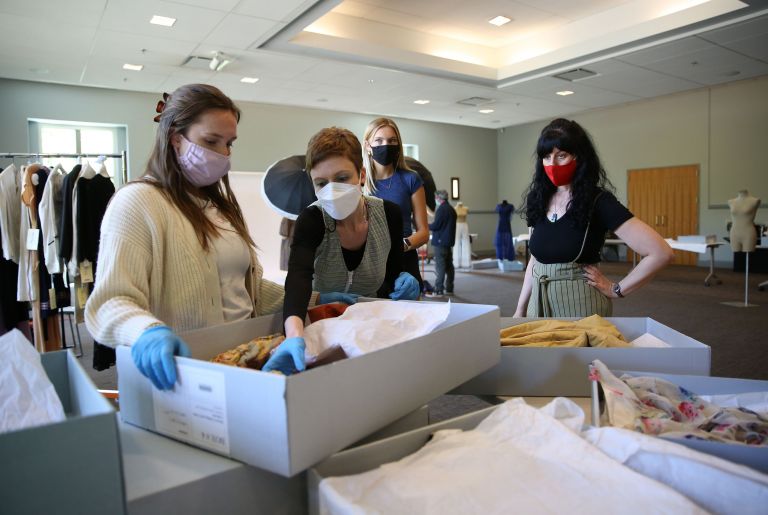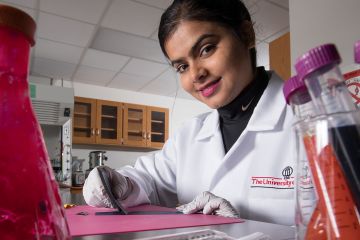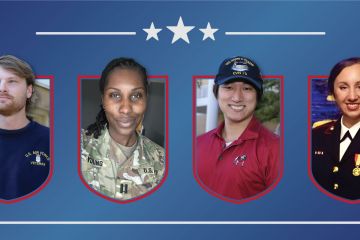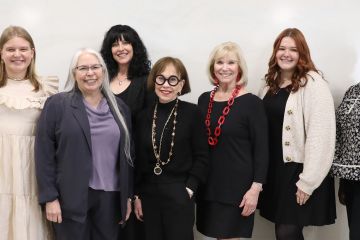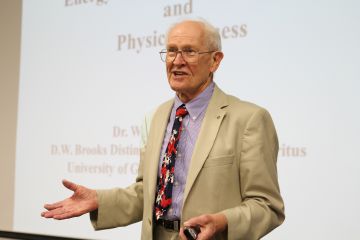Making Fashion History Accessible
From black suede and leather platform Oxford shoes straight out of 1970 to a floral bodice from Civil War times, the Historic Clothing and Textile Collection has a little bit of everything.
If fact, the collection, managed by FACS faculty member Monica Sklar, has over 3,000 objects, including garments, accessories and textiles dating from the 1800s to present day.
Sklar and several undergraduate and graduate students have been working on digitizing the collection to provide greater access for teaching and research purposes. It’s a slow process, involving unboxing hundreds of meticulously-packed pieces housed in UGA’s Special Collections Libraries, professionally photographing them from multiple angles and cataloging details about them for posterity.
“It will take a very long time, but we’re focusing on some of the most-used items in the collection for in-class use or those that would benefit the public through education or even entertainment reasons,” Sklar said.
Sklar said the team is digitizing about 50-60 pieces a year and is working toward creating a publicly-accessible searchable database. She is part of a multi-institutional research team working to improve how collections are digitized
Sklar already uses the collection for her courses on historic dress of fashion, but it can also be utilized in more design-focused courses to analyze pattern, print and construction.
“It’s a teaching tool but it’s also a preservation tool because fabric is incredibly fragile,” Sklar said. “It has a time limit, so if you digitize it and make it available to people you preserve its longevity and provide a ton more access to the collection.”
The HCTC teamed up with students from the UGA New Media Institute earlier this year to add a new element to the digitization process that includes 3-D capturing of select pieces.
The NMI is an interdisciplinary academic unit that explores multiple dimensions of emerging technologies. A team of five NMI students from a variety of majors eventually created a website – ugahctc.org/ - with images of pieces from the collection as well as a handful of 3-D models created using photogrammetry, with plans to continue the collaboration in the year ahead.
The team was overseen by NMI senior lecturer John Weatherford, who learned about the collection when he and Sklar were members of UGA’s Active Learning Institute cohort in 2019.
“Monica and I are huge believers in experiential learning,” Weatherford said. “I think it’s more engaging for students to get to do work that goes somewhere and helps people in the real world.”
For updates on the digitization progress, follow the HCTC on Facebook and Instagram
